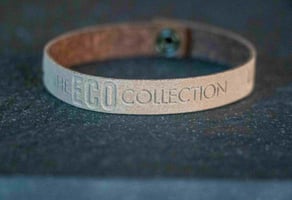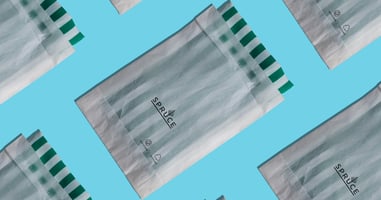9 Types of Biodegradable Packaging to Better Your Brand Footprint
4 min read timeAccording to National Geographic, there are over five trillion pieces of plastic debris in the...
Packaging
3 Minute Read
Written by Weavabel, published 13/12/23 08:00
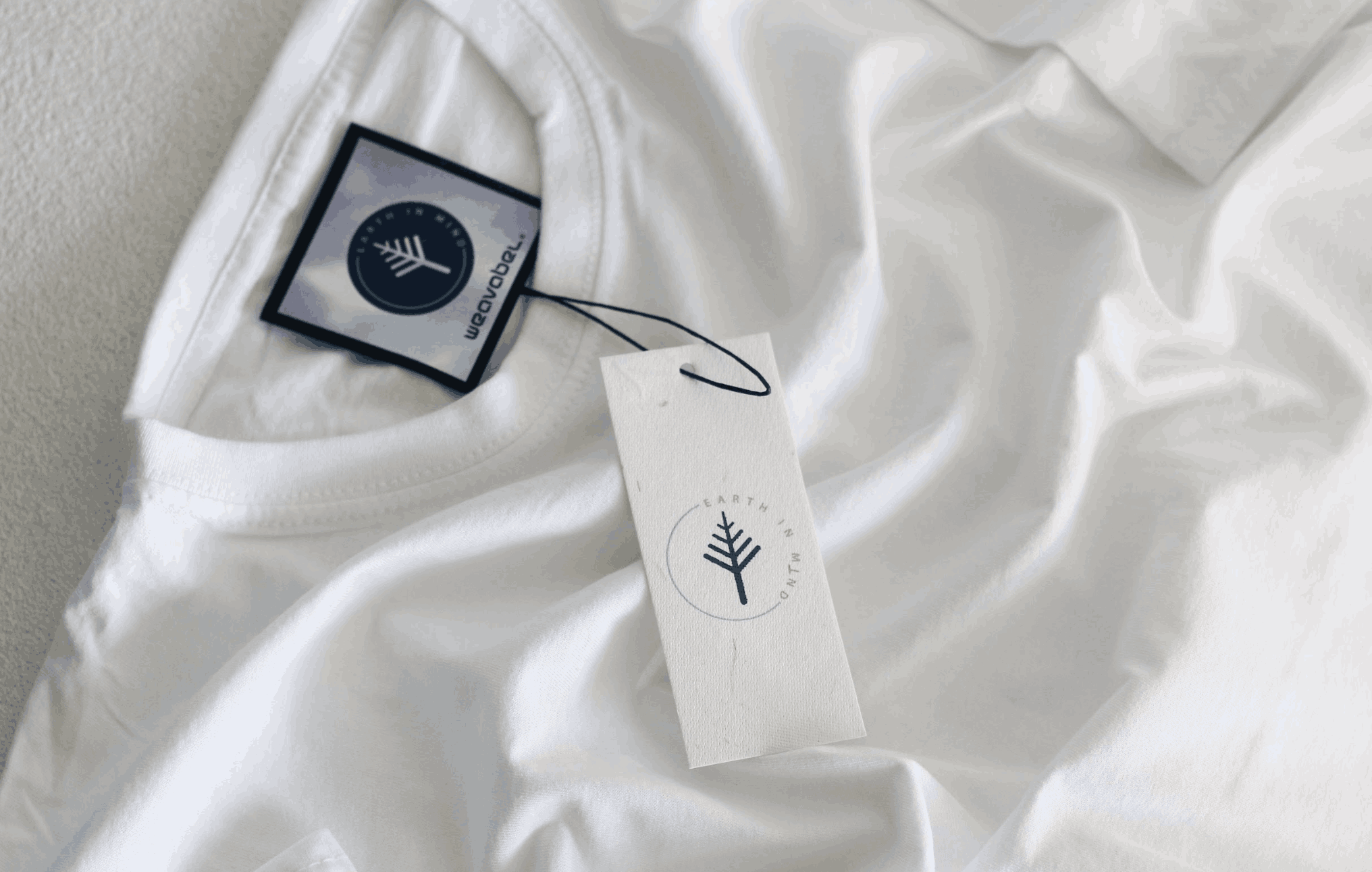
Materials are constantly evolving to plug gaps and offer eco-friendly alternatives to options we rely upon every day.
Bio-based materials are both sustainable and practical, so how can you use them in your branding and packaging projects? This blog tells all.
Bio-based materials are products derived from natural origins rather than chemically created. For example, cotton is a bio-based material but plastics aren't.
However, some plastics are combined with bio-based materials to create biopolymers — sustainable plastics that are modified to minimise their environmental impact.
So, what are the benefits of using bio-based materials for fashion, homeware and sportswear brands?
While they can be used for products, using bio-based materials in your packaging and trim projects improves your brand message.
Some of the benefits include:
Bamboo is a bio-based material derived from the bamboo plant. Bamboo is fast-growing and regenerative, making it an excellent alternative to traditional paper or cotton products.
Less bleach and fewer chemicals are used to process bamboo into a finished material, reducing its environmental impact.
When factoring into your packaging and trim projects, bamboo can be used for paper hang tags and carrier bags, and as a viable alternative to cotton bags, labels and trims.
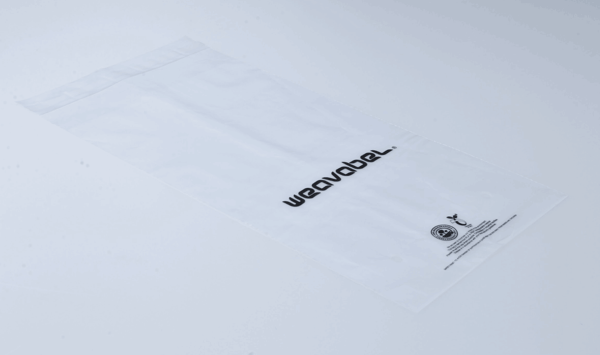
Cornstarch is a biodegradable plastic made from natural plant materials. While they are still considered plastic, cornstarch poly bags are classed as modified biopolymers.
Cornstarch poly bags are biodegradable and compostable, reducing the impact of plastic waste on the environment.
Poly bags protect your products and garments from damage as they travel through the supply chain to the end consumer.
Paper is one of the most recognised bio-based materials. FSC-certified paper is responsibly sourced, adding to the eco-credentials of this product.
Paper is a regenerative and natural product which biodegrades and is widely recycled into new products.
FSC-certified paper can be used for swing tags, carrier bags, kraft mailing bags, paper tape and more.
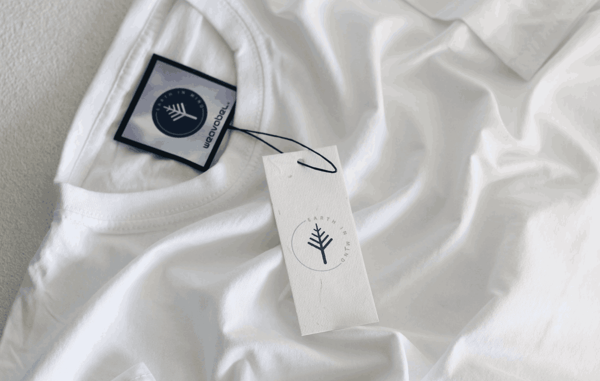
Seed paper comprises various bio-based products, including marigold seeds, paper and waste white cotton.
It's a plantable material and can be used to create cards, overrider tickets and swing tags, with marigold flowers growing from it being planted. Produced using waste material, seed paper is regenerative, biodegradable and sustainable.
At Weavabel, we’re always researching and developing the latest sustainable materials for our packaging and trims. Whether you need a sustainable alternative to plastics or want to enhance your branding with eco-friendly materials, we have it all.
To find out more about the materials we use and how they can enhance your next branding project, download our textiles cheat sheet.
Want to keep up to date with industry developments, trends, product launches and more? Sign up to our newsletter to get the latest delivered to your inbox.
